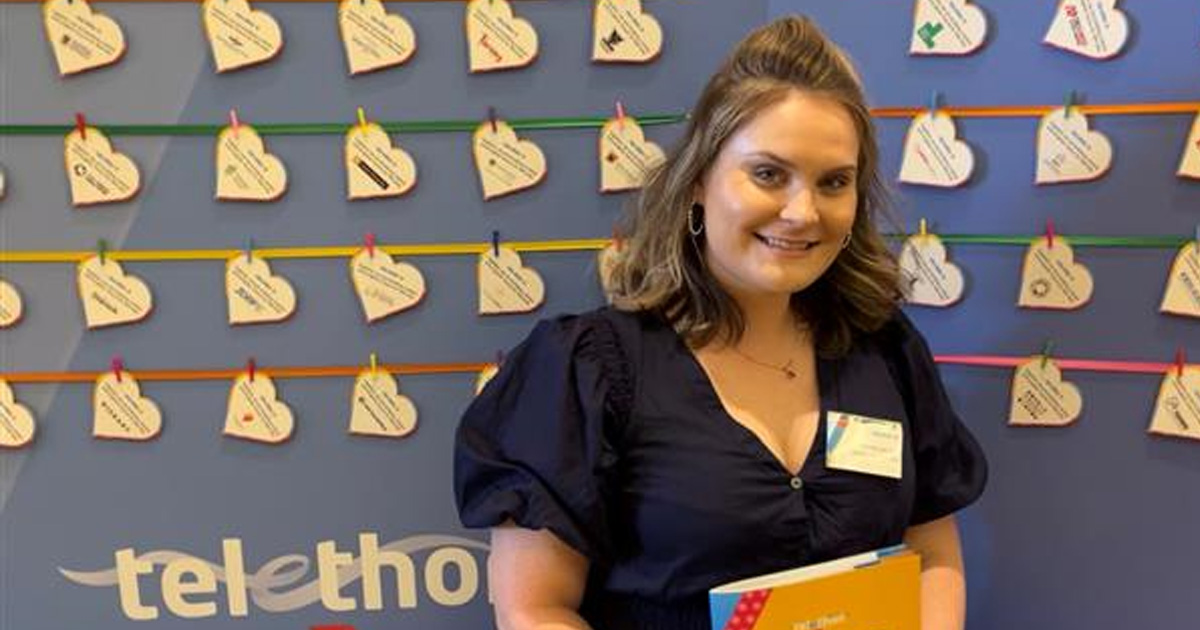Search
Research
Complications associated with paediatric airway management during the COVID-19 pandemic: an international, multicentre, observational studyRespiratory adverse events in adults with COVID-19 undergoing general anaesthesia can be life-threatening. However, there remains a knowledge gap about respiratory adverse events in children with COVID-19. We created an international observational registry to collect airway management outcomes in children with COVID-19 who were having a general anaesthetic.
Research
Peri-operative steroid management in the paediatric populationPatients with adrenal insufficiency are at risk of adrenal crisis, a potentially life-threatening emergency in the peri-operative period due to their attenuated ability to mount a cortisol response.
Research
Anaesthesia, pain and recovery profiles in children following dental extractionsThe aim of this prospective cohort study was to describe the anaesthetic practices, rates of postoperative pain and the recovery trajectory of children having urgent dental extractions at our institution.
Research
Sedation versus General Anesthesia for Tracheal Intubation in Children with Difficult Airways: A Cohort Study from the Pediatric Difficult Intubation RegistrySedated and awake tracheal intubation approaches are considered safest in adults with difficult airways, but little is known about the outcomes of sedated intubations in children. The primary aim of this study was to compare the first-attempt success rate of tracheal intubation during sedated tracheal intubation versus tracheal intubation under general anesthesia. The hypothesis was that sedated intubation would be associated with a lower first-attempt success rate and more complications than general anesthesia.
Research
Pain and recovery profiles following common orthopaedic surgeries in childrenLittle evidence exists on the postoperative trajectory after paediatric orthopaedic surgery. Pain and behavioural disturbance can have short- and long-term impacts on children and their families. An improved understanding of procedure-specific postoperative trajectories can enhance recovery. The primary outcome was to examine the duration and severity of postoperative pain experienced by children undergoing 10 commonly performed orthopaedic procedures.
Research
Difficult intubation in syndromic versus nonsyndromic forms of micrognathia in childrenWe investigated how syndromic versus nonsyndromic forms of micrognathia impacted difficult intubation outcomes in children. Primary outcome was the first-attempt success rate of tracheal intubation, secondary outcomes were number of intubation attempts and complications. We hypothesized that syndromic micrognathia would be associated with lower first-attempt success rate.
Research
Effect of different lung recruitment strategies and airway device on oscillatory mechanics in children under general anaesthesiaAtelectasis has been reported in 68 to 100% of children undergoing general anaesthesia, a phenomenon that persists into the recovery period. Children receiving recruitment manoeuvres have less atelectasis and fewer episodes of oxygen desaturation during emergence. The optimal type of recruitment manoeuvre is unclear and may be influenced by the airway device chosen.
Research
Patient positioning and its impact on perioperative outcomes in children: A narrative reviewPatient positioning interacts with a number of body systems and can impact clinically important perioperative outcomes. In this educational review, we present the available evidence on the impact that patient positioning can have in the pediatric perioperative setting. A literature search was conducted using search terms that focused on pediatric perioperative outcomes prioritized by contemporary research in this area.

News & Events
Anaesthesia, suicide prevention and rare disease research supported by Telethon 2022The generous support of West Australians through Channel 7’s Telethon Trust will help support vital child health research at The Kids Research Institute Australia in 2023.
Research
The plural of anecdote is not data, please mind the gapThe COVID-19 pandemic introduced challenges to everyone in society but particularly so to every aspect of medical practice. It is bewildering how quickly the profession has had to respond to rapidly changing clinical landscape. Our well-established methods involve collecting and analyzing data to generate an evidence base which is then disseminated and implemented into routine clinical practice.
